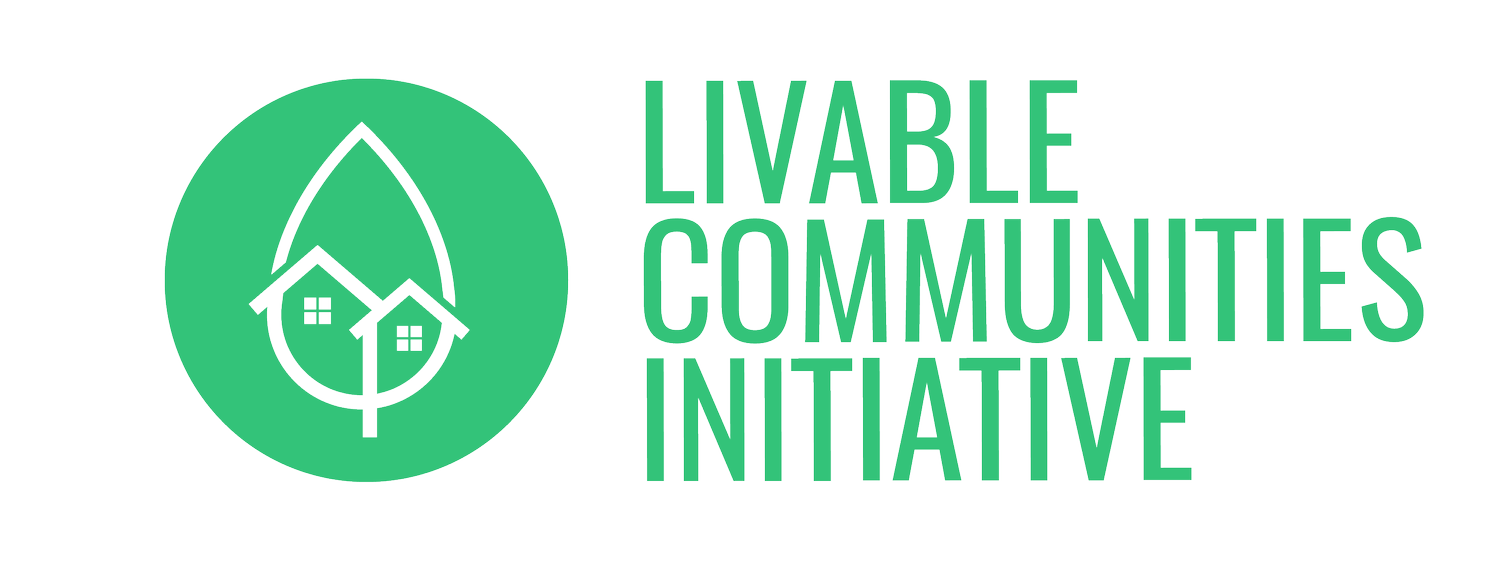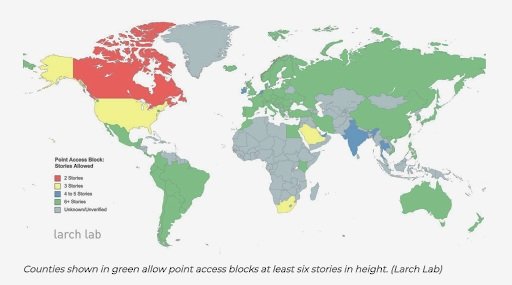Support AB 835, a ‘Single Stair’ Bill to Make Housing Better, More Affordable and Safer
Most people love the look of these gorgeous mixed-use buildings featuring a few stories of apartments above fine-grain retail on vibrant, walkable streets. It’s how we have built housing in most of the world’s most beautiful cities, including Paris, Barcelona, Buenos Aires and in New York City’s Greenwich Village. So why are they illegal here in California?
The Livable Communities Initiative is hoping to change that. We’re excited to sponsor a new state bill, AB 835, co-sponsored by Assembly Members Alex Lee and Chris Ward, and Senator Scott Wiener, which directs the state fire marshal to study a change to our building code that would make these buildings legal, feasible and safe to build above three stories, the current limit. The change would not only allow for more beautiful buildings, but it would have a dramatic effect on the cost, quality, sustainability and livability of apartments throughout our state. And it would help us realize our vision of walkable, affordable communities on historic main streets in our city’s most vibrant neighborhoods.
Right now, building code in California requires inefficient layouts with too many stairways and too much hallway space in small buildings above three stories. This makes it very hard to build housing on narrow parcels that can preserve the character of neighborhood commercial streets with fine-grain retail. It also increases the cost of housing and makes it very hard to build family-size units with sustainable features like cross ventilation, natural sunlight and shared green space like internal courtyards.
The reform we’re seeking has a wonky title – vertical shared access or single stair reform. But the idea is simple. Instead of wasting space on long hallways, apartments in these buildings are arranged more efficiently around a central vertical core – or multiple cores – of stairs and elevators that are often lit with natural sunlight and protected from fires. Architects love these climate-friendly buildings because they allow for a variety of unit sizes, less of a need for air conditioning and more open green space with less land.
This design is legal above three stories nearly everywhere in the world, including Europe, Asia, South America and even in our neighboring West Coast city of Seattle. Height limits vary by region. London, which has studied the safety of these buildings extensively and recently updated standards, now allows 10 stories with vertical shared access. Seattle allows six. America is an outlier, with national standards allowing for just four stories and a mezzanine. California only allows three.
Seattle architect Michael Eliason of Larch Lab has been advocating for vertical shared access reform across the United States and Canada and recently led the charge to have all of Washington state adopt Seattle’s standards. We’d like to see those same changes here in California, while at the same time upgrading fire safety standards in these buildings with stronger fire-rated walls, higher-rated sprinklers, pressurized stairwells, and a shorter maximum distance to get from a unit to a stairwell than in typical multifamily buildings built today. And of course, we want to make sure everyone can be rescued through windows by fire truck ladder, if needed.
With a simple code change, which can be enacted locally or statewide, we believe California cities could build better 3-to-5-story buildings and unlock the potential for more housing on smaller sites in high-opportunity neighborhoods. Vertical shared access reform would make it possible for small commercial property owners to develop housing on their own land without having to sell or buy more property to assemble lots, which drives up the cost of building housing by up to 40%.
Our current rules drive most of our new development in one of two directions. What we see most often are huge half-block long structures that require large anchor retail spaces on the ground floor that small businesses can’t afford – only large chain stores. Building is monopolized by large, deep-pocketed developers, while small mom and pop builders have been locked out.
Most developments in L.A. require land assembly that drives up the cost of building housing, which is passed onto renters.
Because we make it so expensive and complicated to build multifamily apartment buildings in Los Angeles, we also see smaller developers skirt around regulations by constructing buildings that masquerade as double duplexes, when in reality, each unit has four or five bedrooms being rented out to different families by the room. These buildings have less stringent fire safety standards intended for single family homes, even though 10 different families may live there. They have no elevators. They’re not accessible to people with disabilities, and with tiny windows and no open space, they’re not very livable. But they’re often the only affordable option for low-income working families who don’t luck into a lottery spot for a subsidized housing unit. We can do much better in L.A. with vertical shared access reform.
Double-duplexes often house 10 families in a building with sub-par fire safety standards
Aside from making buildings better, this reform would help bring more affordable housing to California at lower cost. It would allow subsidized affordable housing developers to put more units on smaller sites in areas where land is expensive, which is why the organization representing all affordable housing developers in San Diego has unanimously endorsed AB 835.
California voters overwhelmingly support more affordable housing, and if a simple change cutting down on unnecessary hallway space can have an outsized impact on our supply of affordable housing, voters should tell your state lawmakers to support it. Click here to send an email to your legislator in support of AB835.
If you want to learn more, you can read more about vertical shared access reform here, here, here, here and here.







